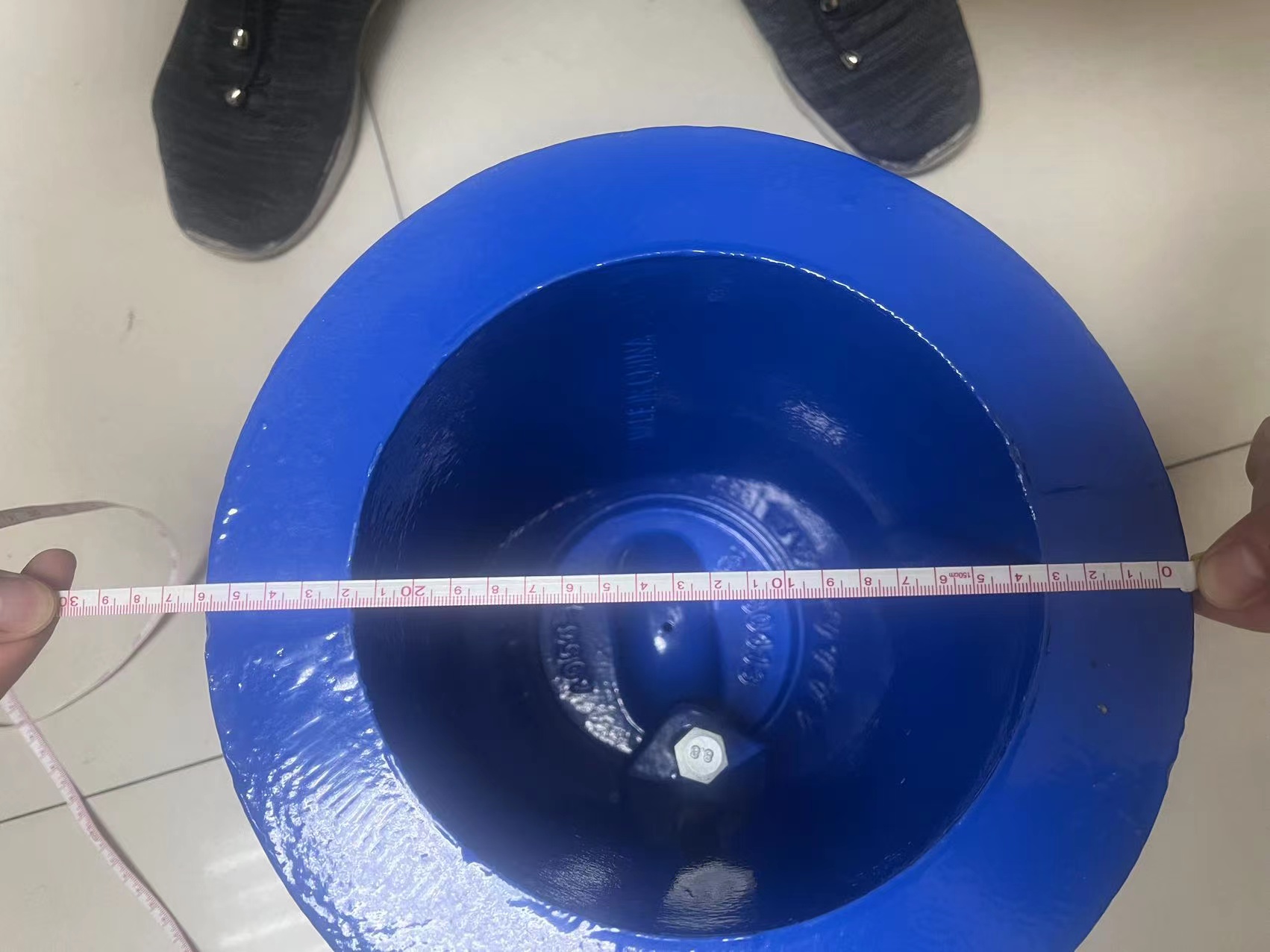Understanding the Operation of Butterfly Valves in Fluid Control Systems
Understanding the Working Mechanism of Butterfly Valves
Butterfly valves are a widely used type of quarter-turn valve that provides an efficient way to control the flow of fluids in various industrial applications. The design of butterfly valves allows for quick isolation and flow regulation, making them an indispensable component in modern piping systems.
Understanding the Working Mechanism of Butterfly Valves
One of the key advantages of butterfly valves is their quick operation. The 90-degree rotation enables swift opening and closing, which is particularly beneficial in situations where immediate flow control is essential. This feature makes butterfly valves a popular choice in applications such as water treatment facilities, HVAC systems, and various manufacturing processes.
butterfly valve working

The materials used in the construction of butterfly valves can vary, typically including metals, plastics, and elastomers. The choice of material often depends on the specific application, including factors such as the type of fluid, pressure, temperature, and potential corrosive properties. For instance, in chemical processing industries, butterfly valves are often made from stainless steel or other corrosion-resistant alloys to enhance durability and longevity.
Another important aspect of butterfly valve operation is the sealing mechanism. Many butterfly valves utilize a soft seating material such as rubber, which enhances sealing capabilities and minimizes leaks. Alternatively, some high-performance butterfly valves may feature metal-to-metal seating for applications involving higher temperatures and pressures. The proper selection of the sealing mechanism is crucial for achieving optimal performance and reliability in demanding environments.
Additionally, butterfly valves can be operated manually or automatically. Manual operation typically involves a lever or handle, while automatic operation may be achieved using electric or pneumatic actuators. Actuators enhance the ability to control the valve remotely, making them suitable for complex systems where human intervention may be challenging.
In conclusion, butterfly valves are an essential component in many industrial applications due to their simplicity, efficiency, and versatility. Their design allows for effective flow control, while the variety of materials and sealing options cater to diverse operational requirements. Understanding the working mechanism of butterfly valves is crucial for optimizing their performance and ensuring reliable operation in various systems. As industries continue to evolve, the role of butterfly valves remains pivotal in facilitating efficient fluid management.
-
The Smarter Choice for Pedestrian AreasNewsJun.30,2025
-
The Gold Standard in Round Drain CoversNewsJun.30,2025
-
The Gold Standard in Manhole Cover SystemsNewsJun.30,2025
-
Superior Drainage Solutions with Premium Gully GratesNewsJun.30,2025
-
Superior Drainage Solutions for Global InfrastructureNewsJun.30,2025
-
Square Manhole Solutions for Modern InfrastructureNewsJun.30,2025
-
Premium Manhole Covers for Modern InfrastructureNewsJun.30,2025
